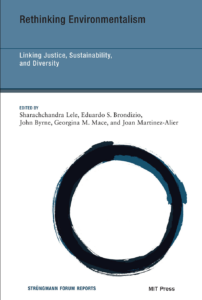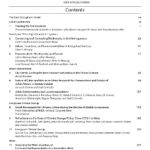Linking Justice, Sustainability, and Diversity

Among the many societal problems thrown up during a tumultuous twentieth century, it would be fair to say that “environmental problems” have been salient, and this salience has only grown as we entered the twenty-first century. Pockets of local pollution that popped up in the 1950s and 1960s, such as DDT, which led to thinning egg shells or methylmercury poisoning of fish and people in Minamata, Japan, were the harbingers of the larger and more dispersed crisis to follow—a crisis that has encompassed all aspects of human and nonhuman life, from deforestation and soil erosion to groundwater depletion and river basin closure in many river basins, from urban air pollution in Los Angeles to acid rain in Germany, and from dam-related displacement in China or India to Chernobyl- and Fukushima-type nuclear disasters. Cutting across all these locations, climate change, induced primarily by the burning of fossil fuels, is considered to be the “mother of all environmental problems,” not for its own sake, but for the way it introduces stress and uncertainties into this already precarious socioenvironmental situation.

Leave a Reply